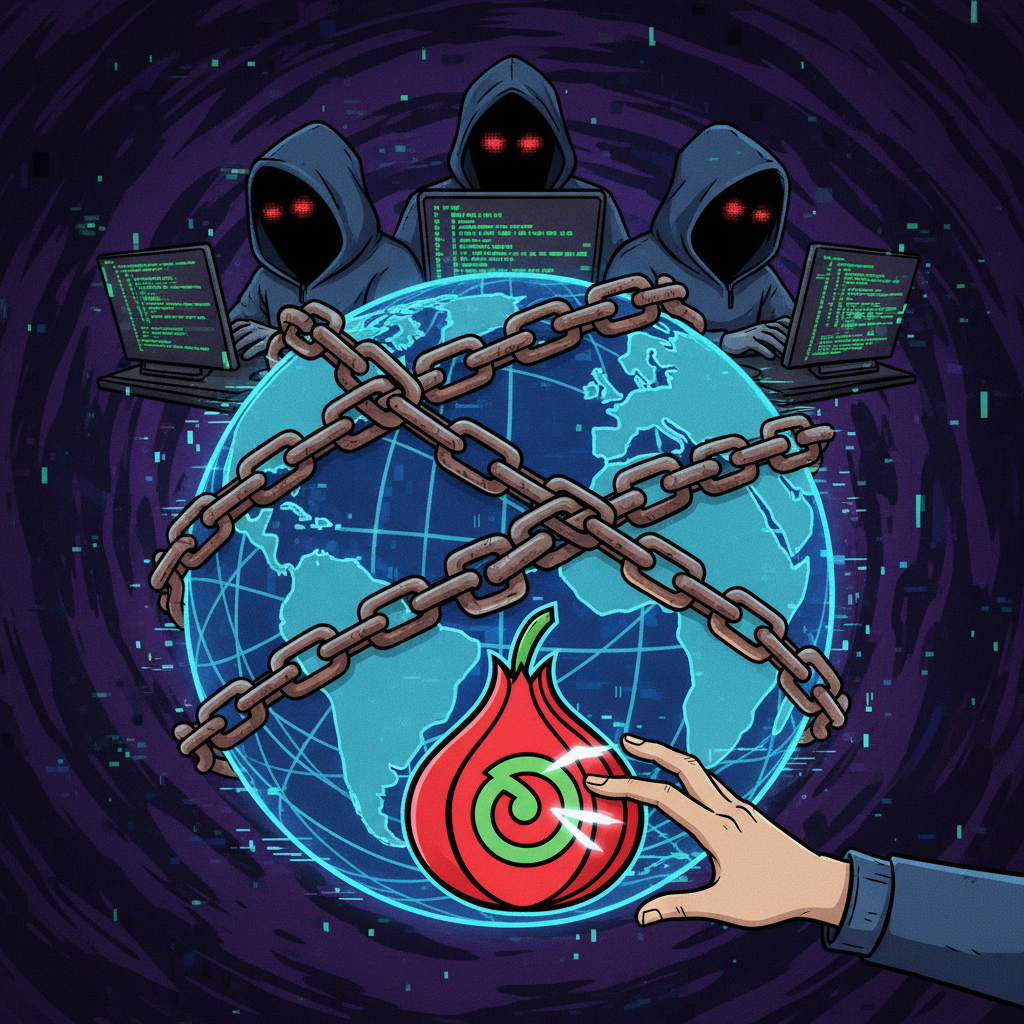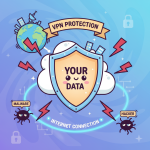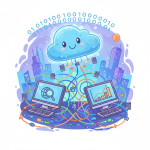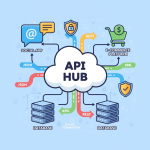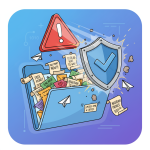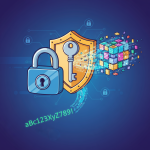Have you ever heard of the dark web and wondered what it really is? In today’s digital world, understanding what is the dark web is crucial for cybersecurity professionals, CEOs, and IT managers alike. This hidden part of the internet is shrouded in mystery, often linked with illegal activities, yet it also serves legitimate purposes.
In this guide, learn what the dark web is, how it operates, its cybersecurity risks, and best practices to safeguard your organization in 2025.
What is the Dark Web?
The dark web is a section of the internet that is not indexed by standard search engines and can only be accessed using special software like Tor (The Onion Router) or I2P. Unlike the surface web, the dark web operates on encrypted networks that anonymize users’ identities and locations.
It is a small subset of the deep web, which includes all unindexed web pages such as password-protected accounts or private databases. However, the dark web specifically emphasizes anonymity and uses overlay networks to keep activities hidden from conventional browsers and surveillance.
Dark Web vs Deep Web vs Surface Web
Understanding these distinctions is essential:
| Web Layer | Description | Accessibility |
|---|---|---|
| Surface Web | Public websites indexed by search engines (e.g., Google). | Accessible by any standard browser. |
| Deep Web | Unindexed content like private accounts, databases, and paywalled content. | Requires credentials or specific links. |
| Dark Web | Anonymous, encrypted networks hosting sites not indexed by search engines. | Accessed only via specialized software like Tor. |
While the surface web comprises only about 4% of all online content, the deep web makes up over 90%, and the dark web forms a small yet critical part of this hidden internet realm.
Common Uses and Activities on the Dark Web
Though often associated with illegal activities, the dark web supports a mix of legitimate and illicit uses:
-
Anonymous Communication: Whistleblowers, journalists, and activists use the dark web to communicate safely where censorship exists.
-
Illegal Marketplaces: Platforms selling drugs, weapons, stolen data, counterfeit documents, and hacking tools flourish here.
-
Cybercrime Hubs: Ransomware kits, malware distribution, and illicit services are traded frequently.
-
Data Breaches and Leaks: Stolen credentials, credit card info, and personal data are commonly sold or leaked.
-
Forums and Communities: Hackers, fraudsters, and extremist groups share information and coordinate activities.
Cybersecurity Risks Associated with the Dark Web
The dark web is a fertile ground for cyber threats that impact individuals and organizations worldwide. Key risks include:
-
Identity Theft: Personal and corporate data are traded, often leading to financial loss and reputational damage.
-
Ransomware-as-a-Service: Attackers purchase malware kits to deploy ransomware campaigns easily.
-
Phishing Kits: Ready-made phishing tools facilitate attacks on large scales.
-
Illegal Trade: Buying/selling of stolen credentials and hacking services fuels ongoing crime.
-
Dark Web Surveillance Risks: While anonymous, users face potential monitoring or entrapment by law enforcement.
How IT Leaders Can Protect Their Organizations
Protecting your business in the era of the dark web requires a proactive and layered cybersecurity strategy:
-
Dark Web Monitoring: Use specialized tools to scan the dark web for stolen credentials or leaked information related to your company.
-
Multi-Factor Authentication (MFA): Make account takeover significantly harder by implementing MFA organization-wide.
-
Employee Education: Train staff on social engineering, phishing, and the dangers of dark web-related attacks.
-
Regular Software Updates: Patch vulnerabilities to close attack vectors exploited by malware from the dark web.
-
Strong Password Policies: Encourage unique, complex passwords and use password managers to avoid credential reuse.
-
Incident Response Planning: Develop a plan to mitigate damage if sensitive data appears on dark web marketplaces.
Emerging Trends in the Dark Web Landscape 2025
-
AI-Driven Cybercrime: Artificial intelligence powers sophisticated phishing and malware on the dark web.
-
Cryptocurrency Usage: Bitcoin, Monero, and other privacy coins remain preferred payment methods.
-
Decentralized Marketplaces: New peer-to-peer platforms reduce reliance on central servers, increasing anonymity.
-
Law Enforcement Actions: Coordinated takedowns are disrupting markets, but new ones emerge quickly.
FAQs About the Dark Web
1. What is the dark web used for?
It’s used for anonymous communication, illegal marketplaces, cybercrime activities, and protecting privacy under oppressive regimes.
2. Is the dark web illegal to access?
Accessing the dark web is not illegal itself, but many activities conducted there, such as buying drugs or stolen data, are illegal.
3. How do criminals use the dark web?
They trade stolen data, ransomware kits, malware, and hacking services anonymously to avoid detection.
4. Can businesses monitor their data on the dark web?
Yes, dark web monitoring services can alert businesses if their sensitive information appears on illicit marketplaces.
5. How can I safely browse the dark web?
Use Tor browser or similar tools, avoid downloading files, use VPNs for extra security, and never share personal details.
Conclusion and Call to Action
Understanding what is the dark web is essential for IT managers, cybersecurity teams, and business leaders seeking to mitigate cyber risks in 2025. The dark web’s anonymous environment facilitates both legitimate uses and criminal activities that threaten security on a global scale.
Stay vigilant by adopting dark web monitoring, strengthening authentication, and educating your employees regularly. Protecting your digital assets from dark web threats now safeguards your organization’s future.
Contact cybersecurity experts today to implement robust dark web defenses and secure your enterprise against evolving cyber threats.
